SB2C-4 Helldiver Academy 1/72 kit
It has been a while since I have posted and I have finally finished a kit to offer. My two WIP albums haven't changed but I did finish my first aircraft kit since childhood and thought I would put it up to show my highs and lows and open it up for comments and advice. It is an SB2C-4 Helldiver marked with the kit decals as White 79 from U.S.S. Shangri-La in 1945.
The Interior and the Small Bits
I painted the smaller bits and the interior with brush using Model Master Acryl zinc chromate green, flat black, leather, along with Vallejo dark rubber for the tires. I weathered the front and rear floor with a small bit of sponge in tweezers with dark gray and silver. I made my own umber wash with Model Master Acryl, dish soap and water and highlighted with the green lightened with white. The bomb decal stripes were not applied well and rippled after the MicroSol. The stencils on the bombs added some detail for a small part I thought.
The one piece of original design that I can claim is the strip of yellow 3M sticky note bookmark that I cut and rolled into the raft holder for some detail and added colour.
The one part of my efforts with which I was most pleased was the interior. Again, it is brush painted so not as smooth as it could be. I put in an order for the Eduard interior colour photo etch set and while waiting for its arrival, I was over-eager and sanded down the instrument panel and radio faces. Then, I discover that it was no longer available and had no choice but to settle for the kit instrument decals which were really quite thick and not as attractive. The bomb compartment looked fairly good, I thought after the wash and highlighting as well.
My First Canopy
I also could not get a hold of the Eduard canopy mask, which I also think is out of production, so had to teach myself how to make my own mask. Tamiya tape and a new #11 blade to the rescue. I pushed too hard with the blade and made a lot of cuts and depressions in the clear plastic. A lesson I learned is not to choose a plane like the Helldiver to try your first canopy! It turned out OK and at the end I brushed on some Future which filled most of the cuts and scratches and gave a nice shine.
The Exterior
I used Model Master dark sea blue spray can for the exterior paint. Again, I put it on too thickly in places and it pooled and hardened. I spent a lot of time with some sandpaper to try to smooth it down. You can still see some of the thicker parts on the wing and stabilizer edges. On the final coat I ended up putting an orange peel look on the finish which shows in the close up pictures. To try to smooth things out and to give the sea blue its gloss finish, I brushed on some Future leaving the green in its matte tone. It helped, but now wonder if it is too shiny.
The decals took a long time because of the many, and tiny, stencils on the wings. The stencils settled well but the national insignia did not. You can see the broken antenna that needs to be repaired. The two underwing antennae were broken and reattached many times also. Another important lesson I learned was to leave these to the absolute end before attaching them. I thought I was safe but had a chance to test my patience the more times I broke them.
Also had a chance to scratch build two parts. Both the pitot tube and the tail hook went flying into infinity with the tweezer catapult so I made my own with plastic rod and painted the stripes on the tail hook since I could not get the decal to wrap around that small of a diameter.
For a first effort, I was happy with how it turned out. I like the interior more than my job on the exterior. The umber wash added some nice depth and the highlighting worked well also. I didn't add any weathering on the exterior, since I don't think the gloss sea blue weathered much, or am I wrong on that? I did add some chipping with a silver artist's pencil on the propeller leading edges, wing leading edges, cowling front and on the cockpit entries and wing walkways. The exterior paint was thick and with the dark blue, I did not bother with the panel lines either. I enjoyed the kit, aside from the thick national insignia. The wing to fuselage join was really smooth with how it is designed and I only used some putty on the stabilizer because of my bad placement. The landing gear would be not operational if this were a real plane since the tires settled at an angle because I put weight on them before the glue had truly hardened. All things that I know for next time. I did not scare myself off of building more aircraft and can now move on to the next kit more confidently. Please take a look and offer any pointers for the mistakes I have mentioned. Thanks.
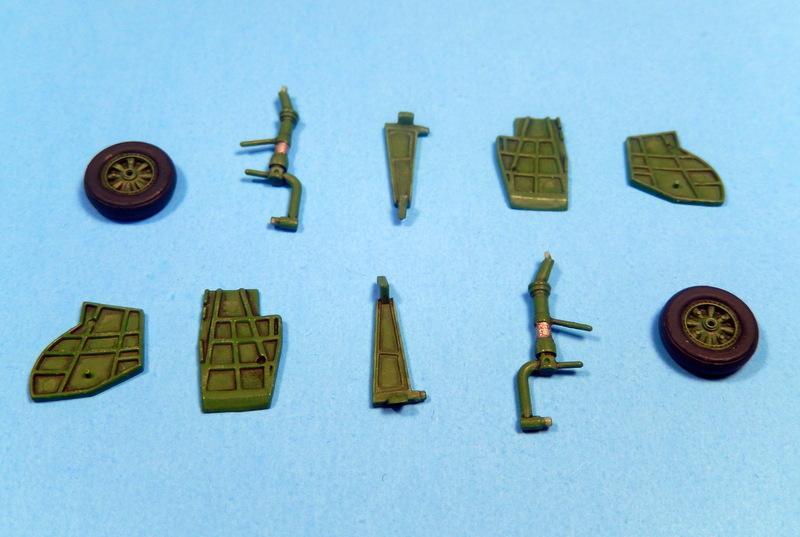
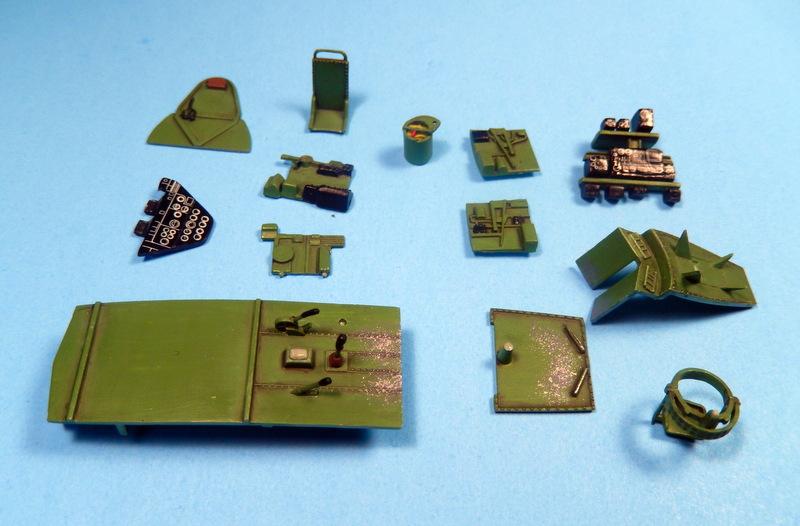






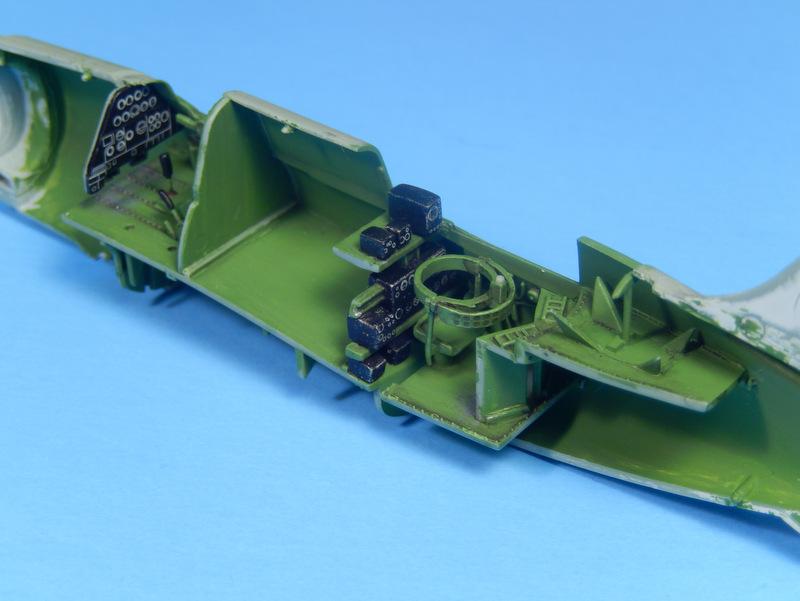
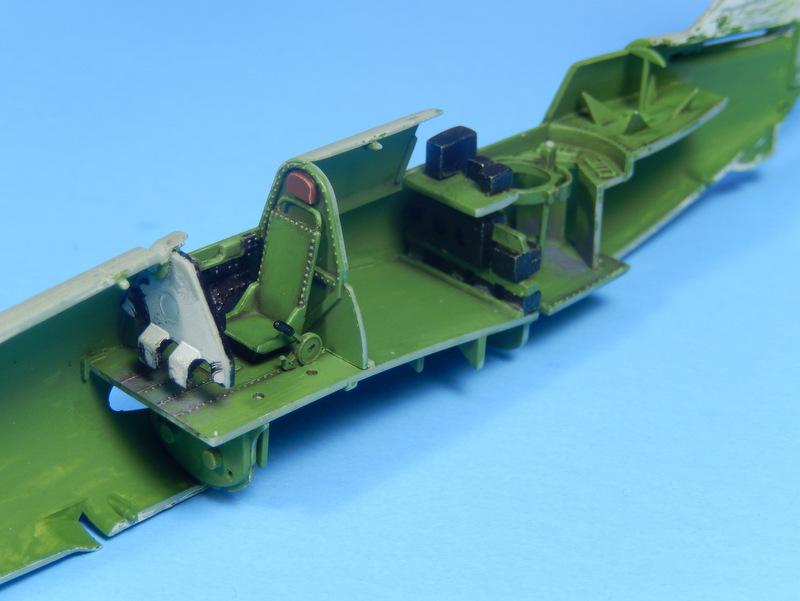
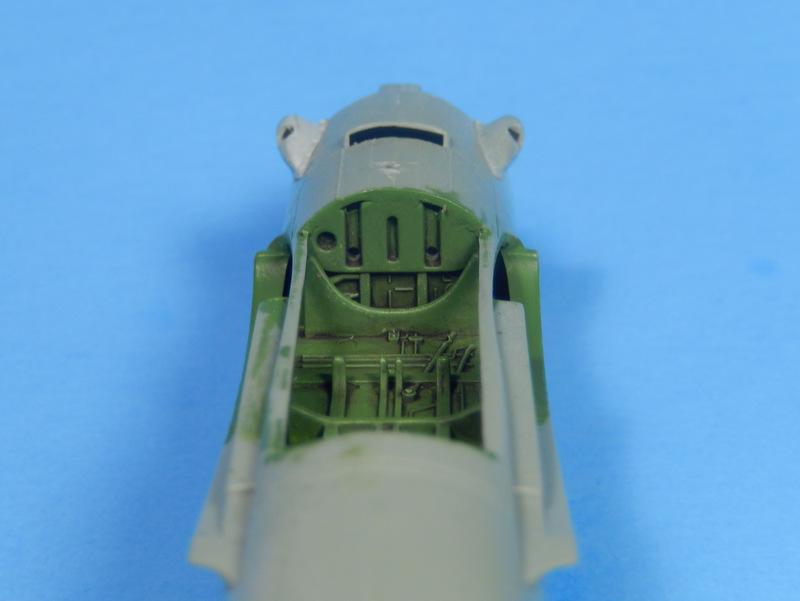
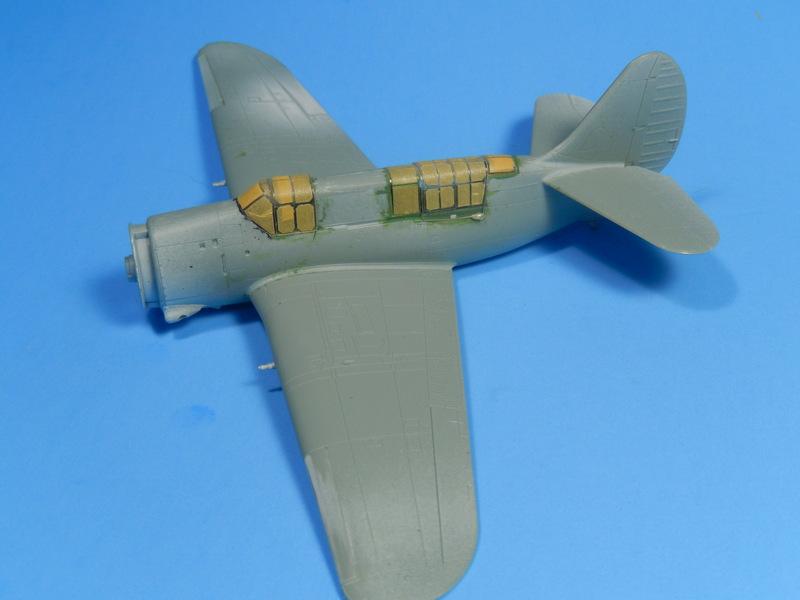
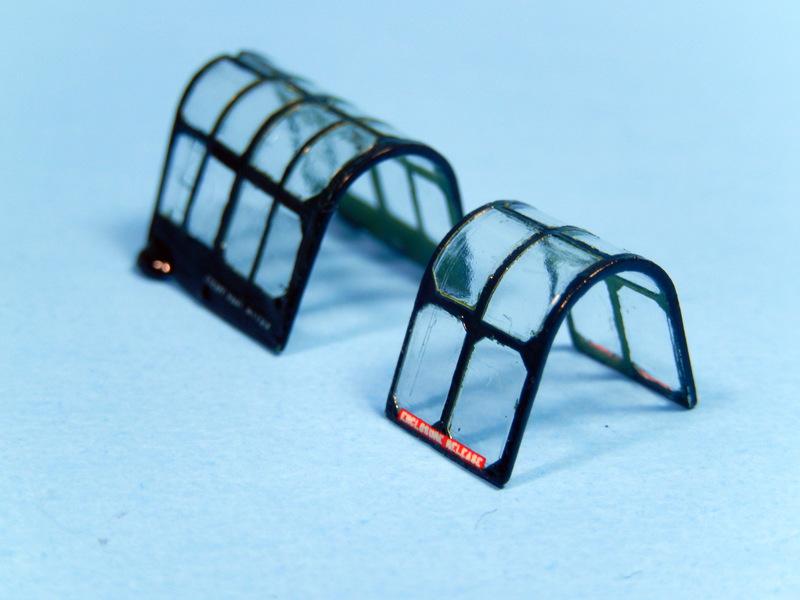

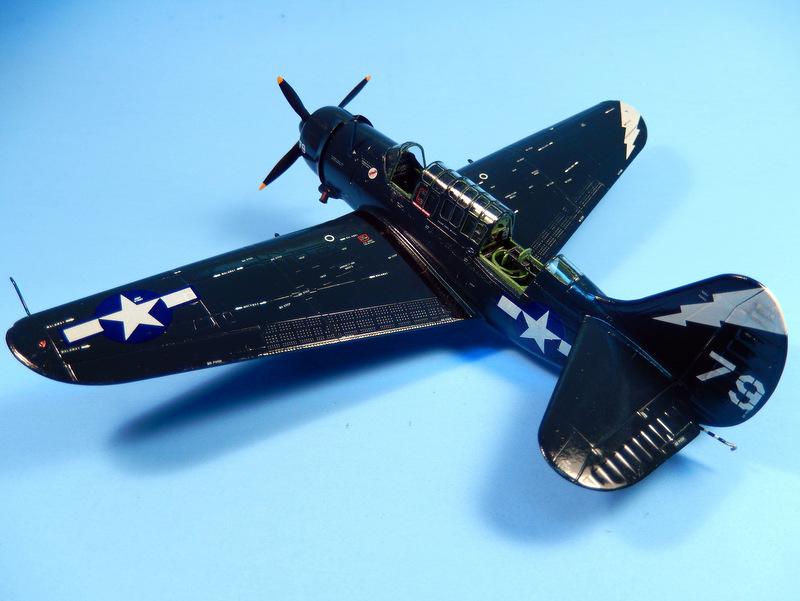
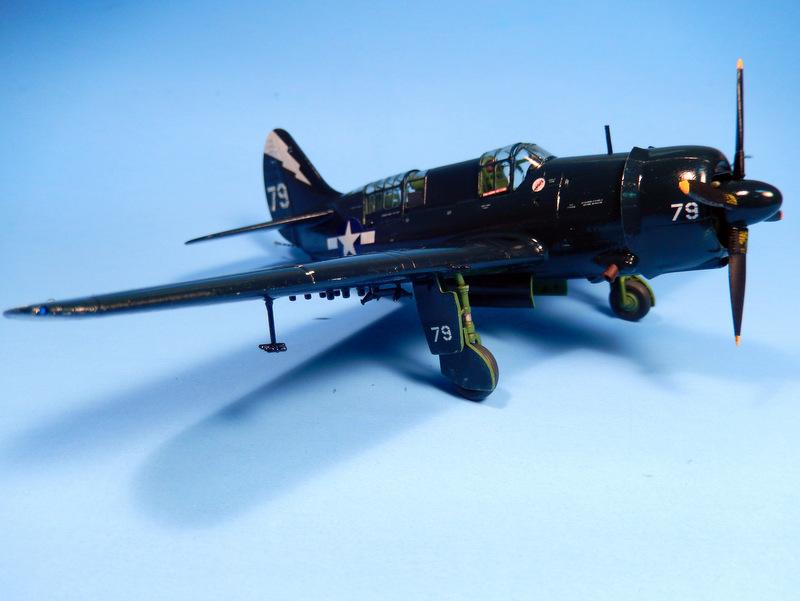
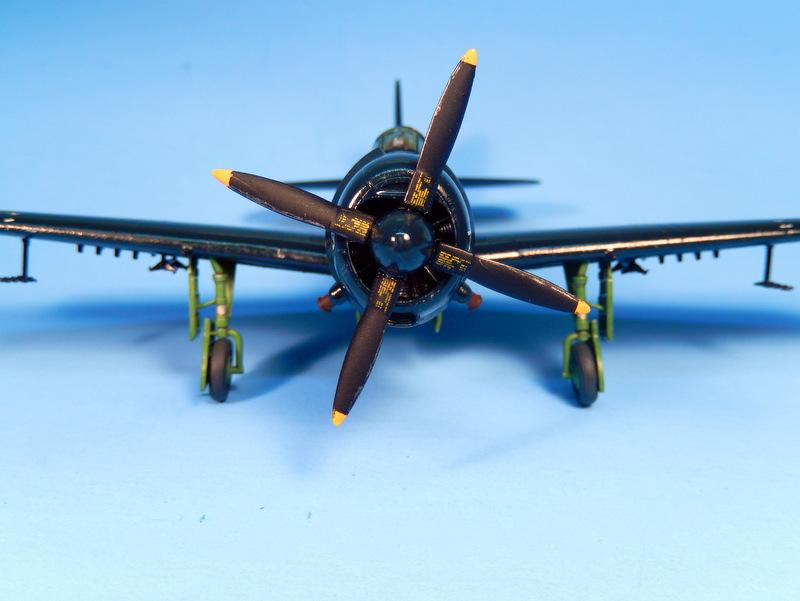
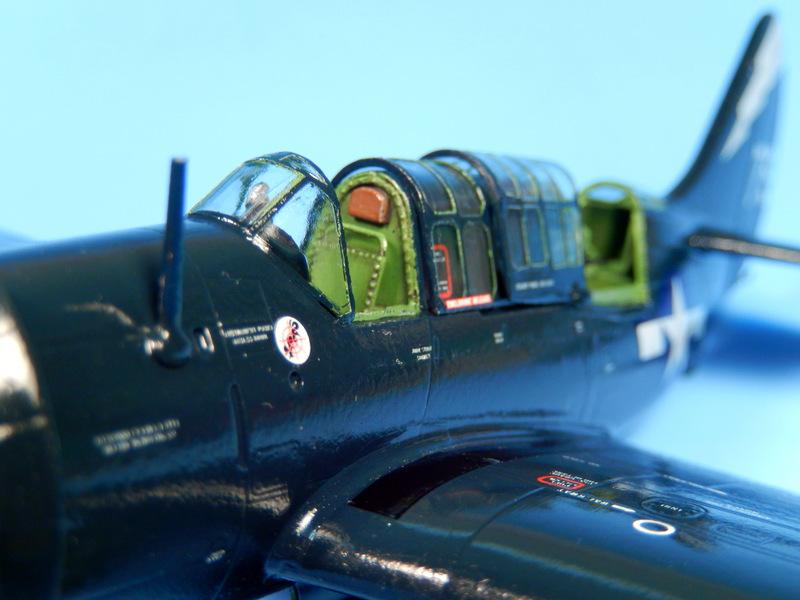

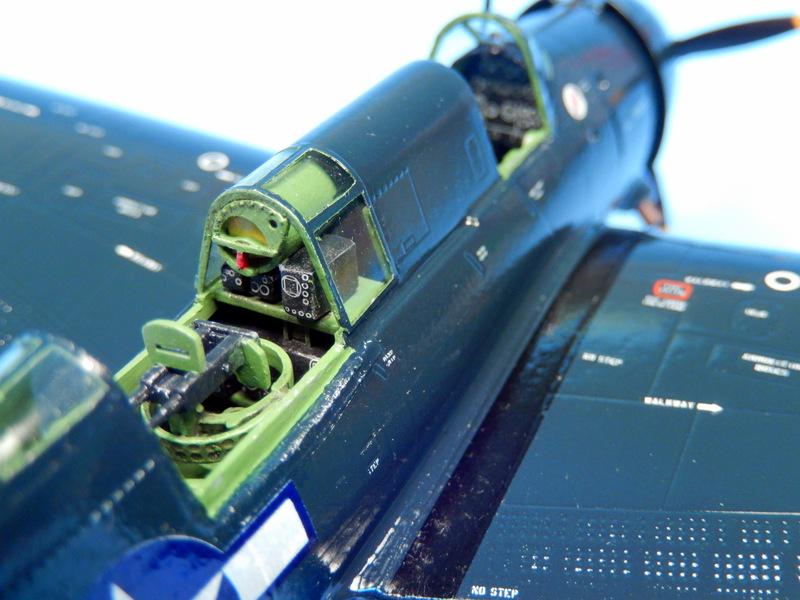
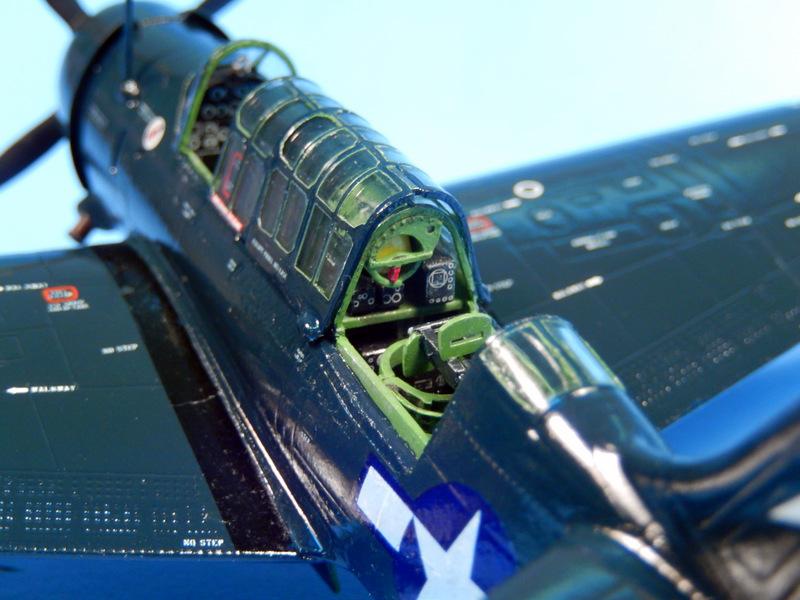
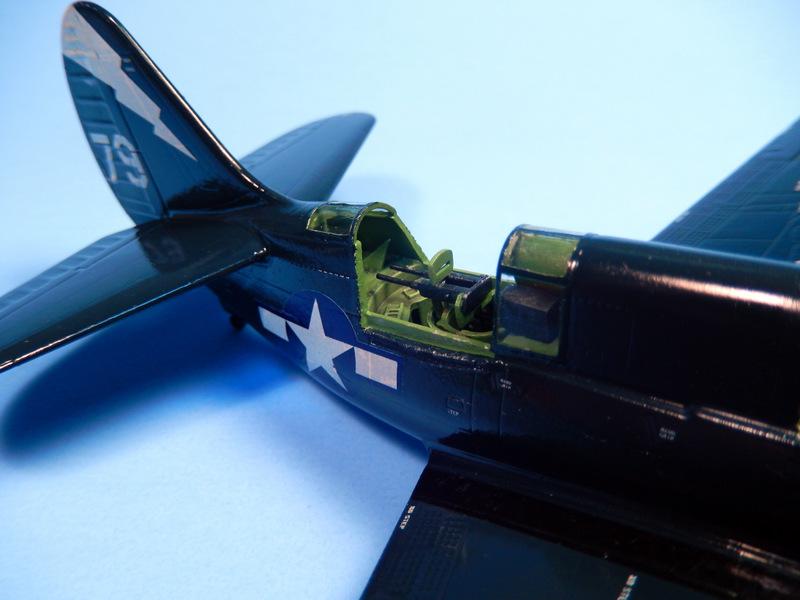
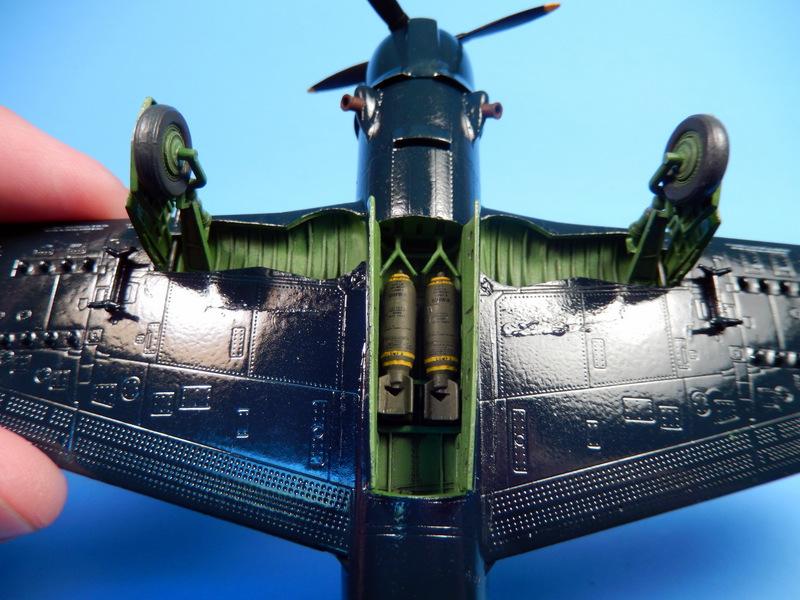
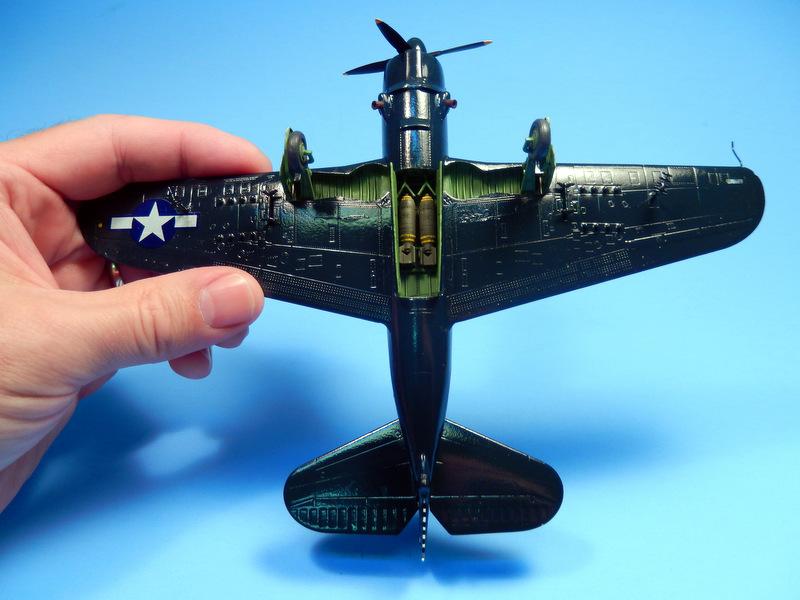

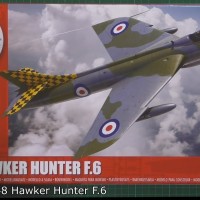
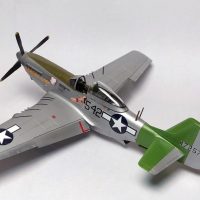
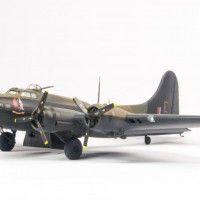
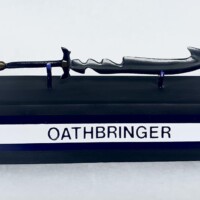
Way to go Alan way to go. You know honestly there is nothing to critique on your first build. You actually pointed them out in your summary. They were quite glossy which didn't dull that much out on the boat. The stars and bars are facing the right direction, you did take the time to add all those stencils. All in all a good one Alan. And your next one will be even better. But this effort a nice pat in the back my friend it turned out quite well.
Thanks Chuck. There are some more 1/72 aircraft on the shelf. My experience with this one was encouraging enough to keep going so they should be more in the future.
That bomb detail work turned out really well...I like those...perhaps a set of pre-cut canopy masks will alleviate some of the angst next time. I'd be a basket case without 'em any more. Detail work and decals look super.
Thanks Craig. I do have masks for some other kits on the shelf and I honestly thought that there was one for this when I started. Instead, I accidently learned how to make my own, so points for that I guess.
All in all a nice job Allan ,well done,my tip for next time is when applying large decals over recessed panel lines wait until they are nice and soft with your decal solution then very gently useing the tip of a cocktail stickwork the decal down into the panel line, dont worry if the decal cracks in the panel line, then when it is thoroughly dry apply some Johnsons clear and allow to dry well then you can run a solution of your main colour into the panel line to create a nice shadow.
N.
Thanks Neil, I can to be a little more forceful next time. I don't know if you can see it in the photos, but the lightning bolt on the wing and tail were cut with a blade along the join of the aileron and rudder and settled into the gap fairly well with MicroSol. The stencils settled into the panel lines not too badly as well. Everything was on the same decal sheet but had more problems with the larger ones.
Great job on the interior Alan, the exterior looks ok to me, like you said its a bit heavy in places but you will learn from that applying light coats is the trick but i suppose its difficult with a rattle can to regulate the paint flow if you try to gently press on the spray cap you get spatters if you press as normal you get more paint than you need its an acquired skill i haven't mastered yet, if i have to use rattle cans i decant the paint in to my airbrush its easier to control messy but easier still you did a nice job Alan
well done
i forgot to mention the photography is superb are you using a DSLR it looks like studio quality work to me
Fantastic work mate
Thanks Mark. What I need to do is start using an airbrush! When I use the spray can on armour, I had a better result. Maybe was too nervous about my first airplane and couldn't get my finger off the button when I should have.
The camera I use is a Nikon Coolpix S9400 digital camera, so a step below a DSLR. I use the macro setting with the focus on the centre of shot with no flash. I use my incandescent work lights swung on their arms to different positions, which need to be diffused since there is a lot of shine on the gloss finish. I just use a piece of blue poster board draped against the wall and the top of the workbench for a clear background. My editing skills are limited to using Google's free Picasa 3 programme and cropping the picture and hitting the "I'm feeling lucky" button to tweak the brightness and contrast. I need to play with it to get more of the shot in focus, so need to play with the focus options.
Very nice work Alan. I'll look forward to your next build.
Thanks Gregor. Need to work on my two WIP's and get them finished up.
Hi Alan, after all a very nice Helldiver, the interior is beautiful done, these
bombs are great, did you plan a four engined bomber ?
Bernd
Thanks Bernd. I was happy with the interior. Four four engined bombers I have a Hasegawa 1/72 Lancaster "Dambusters" on the shelf as well as an older Academy 1/72 B-17C, but don't have plans to tackle them right now.
Alan, after a loong look at these well done bombs a Liberator
ore something like that, should be a pleasure to look at !
Very well done, can t wait for your next one !
Bernd
Sweet Helldiver there Alan.
Like the use if a post it note for the life boat container.
Well done mate.
Thanks Simon. I had read in a review how he had used a piece of yellow balloon, but rather than buy balloons I went with what I had. Something for my enjoyment, since it really is small on the finished model to take much notice.
An outstanding first effort Alan. They will only get better as you build more.
Thanks Al. I will take you on your word for that! But true, I did learn a lot from my mistakes this time.
great work...the bombs are amazing
Thanks Bob. There were some nice decals on the sheet. All the exterior decals were doubled on the sheet for either white or black. It depended on the paint scheme you chose. So I have lots of spares now.
Since you have asked for pointers, here is one that applies to more modelers than you, and is one of the most common mistakes made.
Tailwheel airplanes do not have main gear that hangs straight down from the wing! This is because if you landed a plane with gear like this in the three-point position, the gear would be knocked off from the physical vectors of impact. The gear should angle forward. This varies from airplane to airplane, but is the one thing a modeler should be aware of when attaching the gear (also insuring they're both aligned the same).
Other than that, you have an excellent first effort. If you're going to use spray cans, mist the paint on with multiple passes, which will avoid the problems you encountered.
Thanks Tom for the pointer. So, the gear was not at a 90 degree angle to the wing, but were mounted a few degrees forward to absorb the force of landing? Since it is different for different planes then research photos are even more important! Thanks.
Alan,
Don't beat yourself up. Whatever you think you did wrong on this one you will NOT do on the next one. You are definitely on the right track and this looks great. Join my club.
Thanks Frank. Practice makes perfect, right? I like your confidence that I will NOT do this on the next one. Won't aim for perfect but certainly better than before.
Very nice job Alan - I honestly did have to re-read your post to realize it was your first build since childhood. I think you did a very nice job - I particularly like the stencils on the bombs - adds a great little touch. Airbrushing is great, but honestly on one-color jobs like this, the spray can works just as well. As Tom mentioned, misting the paint on will probably make it look airbrushed. Tamiya spray paints are really heads and shoulders above all the others, so they are a very valid substitute for airbrushing! See about giving those a try. And I totally agree with Frank - you are VERY much on the right track. I regularly hand paint my interiors, mostly out of laziness, but I think you can get away with it there. Especially in 1/72. Your weathering looks really good in the cockpit area. And you are a better man than me for being able to brush MM Acryl successfully. The only (acrylic) paints I am capable of hand brushing are Vallejo and Italeri - I cannot for the life of me hand paint using MM Acryl. I'm very much looking forward to your continued builds!
Thanks Paul. I have a few albums posted here, so this is only my first aircraft build. Thanks for your comments. I have used Tamiya sprays and liked them, but the only colour that might have been close was their Navy Blue. When I saw the Model Master Dark Sea Blue I went with that. I agree that Tamiya is a better choice. I have only built a few kits and I did not know anything about paint when I started. I started with MM Acryls because I didn't want to use enamels and that was the brand that was there. So basically I didn't know what I know now about paint but seem to have good luck with them. I have tried Vallejo and really like them, so can see me changing over as I use up what I have. I will keep at it and try not to repeat the same mistakes.
Nice "all out effort" build, every attempt for perfection by the modeler gets closer and closer to that end.
Thanks Mike. I'll keep trying.
Looks good to me, Alan, I didn't realise it was 1/72 until I read your write up, it looked more like 1/48 (and saw the photo of you holding the model!).
Thanks George. I think for 1/72 the Helldiver is a little bigger than other single engines. I built the entire thing through my magnifying lamp nonetheless.